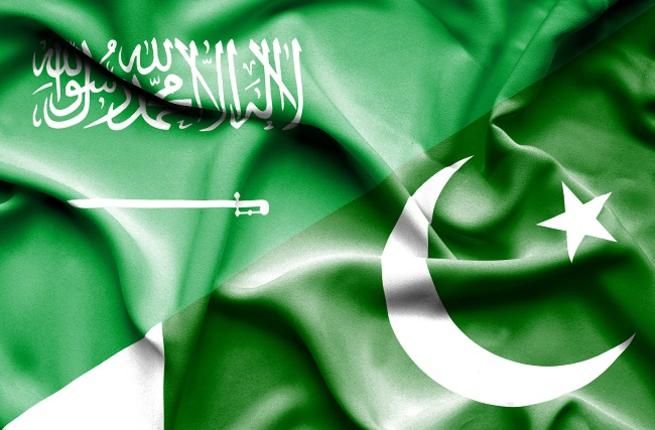Saudi Arabia and nuclear-armed Pakistan have formally signed a strategic mutual defence agreement. The pact, inked in Riyadh, pledges that “any aggression against one country shall be considered an aggression against both.” This move marks a deeper shift in the security landscape of South Asia and the Middle East.—
What’s in the Agreement
The core clause: aggression against either Saudi Arabia or Pakistan triggers shared response.
It emphasizes comprehensive defence cooperation, including use of military means as needed depending on the threat.
It builds upon long-standing military ties—joint exercises, training exchanges, and past deployments have been part of the relationship.
—
Why Now? Context & Motivations
Regional Instability: Israel’s recent missile strike targeting Hamas leaders in Qatar rattled Gulf states. It fed fears about the reliability of traditional security guarantees.
Diversifying Alliances: Saudi Arabia has long leaned on the US for security. This pact signals a willingness to expand its security partnerships beyond Western powers.
Pakistan’s Role: Pakistan brings a robust military apparatus, nuclear capability, and historical ties with Saudi Arabia. For Saudi Arabia, aligning with Islamabad helps strengthen deterrence in a tumultuous region.
—
Implications & Possible Effects
For Saudi Arabia
Enhanced deterrence against adversaries in the region.
More leverage in regional politics, particularly vis-à-vis Israel, Iran, and Gulf neighbors.
Potentially increased burden and exposure if called to act under the pact.
For Pakistan
Reinforcing its strategic value in the Muslim world.
More diplomatic weight.
But also risks: being drawn deeper into Middle East conflicts, increased expectations of responses.
For the Region
Could shift strategic balances: neighbours like Iran, India might assess this pact as altering threat perceptions.
It may spur similar defence agreements among regional players.
Might affect international relations, especially with the US, given its historical role as a guarantor of security in the Gulf
—
Challenges & Questions Ahead
How specific are the obligations? What thresholds of “aggression” trigger mutual defence?
What military capabilities will be committed or shared?
Will this pact lead to forward deployment, joint bases, or deeper integration of command structures?
How will other powers—USA, China, Russia—respond or adapt?
What will this mean for Pakistan’s foreign policy room, especially with respect to India and Iran?
—
Conclusion
This pact between Saudi Arabia and Pakistan is more than symbolic. It marks a recalibration of regional security alliances. Whether it will significantly deter aggression depends on how seriously both sides commit resources, operational plans, and political will—and how other regional actors respond.

